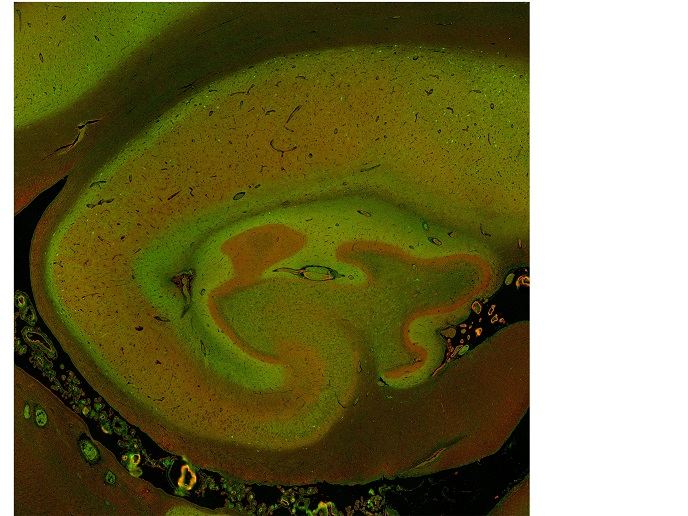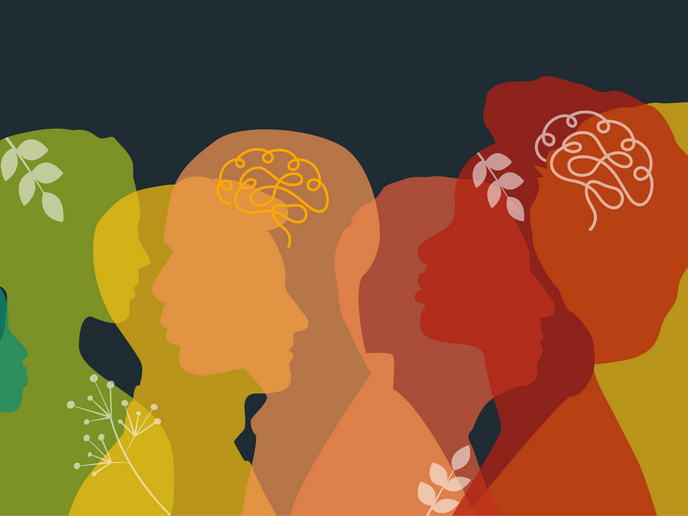Mirror images in the brain refine motor skills
It's very obvious that some people are better at learning motor skills than others, such as learning the steps of a dance. Researchers have discovered there may well be a scientific explanation for this. Partners from the European project MIRROR have studied the recently discovered system bearing the same name. A mirror neuron is one that is activated when an animal acts and when it observes the same action performed by another. Interestingly in primates, this has proved to be true especially when the same type of animal is involved. Project partners at University College London studied two groups of people to help unravel the process by which we learn actions from others. The experimental group were all experts in one of two fields - classical ballet and capoeira. Capoeira is an Afro-Brazilian martial art that also involves dance routines. Needless to say, both pursuits demand a high level of discipline to perform actions that are clearly defined and must be copied exactly by the practitioner. The control group consisted of non-experts in either activity. In order to supply a picture of the brain activity of the subjects, MRI (magnetic resonance imaging) was used while showing the subjects videos of the two sports. The neural activity in four areas of the brain including the premotor cortex and the interparietal sulcus was recorded. All the chosen regions are involved in sensory guidance, muscle control and or coordination, to one degree or another. The team found that the greatest responses in the specified areas of the brain occurred when an expert watched moves they had been trained to do. When the experts watched the other style, brain activity was lower. The brain therefore appears to integrate observed motor behaviour and combine it with its own 'picture' of the action. Putting it simplistically, the brain appears to understand actions by motor simulation. Further research on the basis of these results could have important applications in the fields of copied behaviour and learning of motor skills. Examples could include the understanding the world of the autistic child and the rehabilitation of stroke patients.







